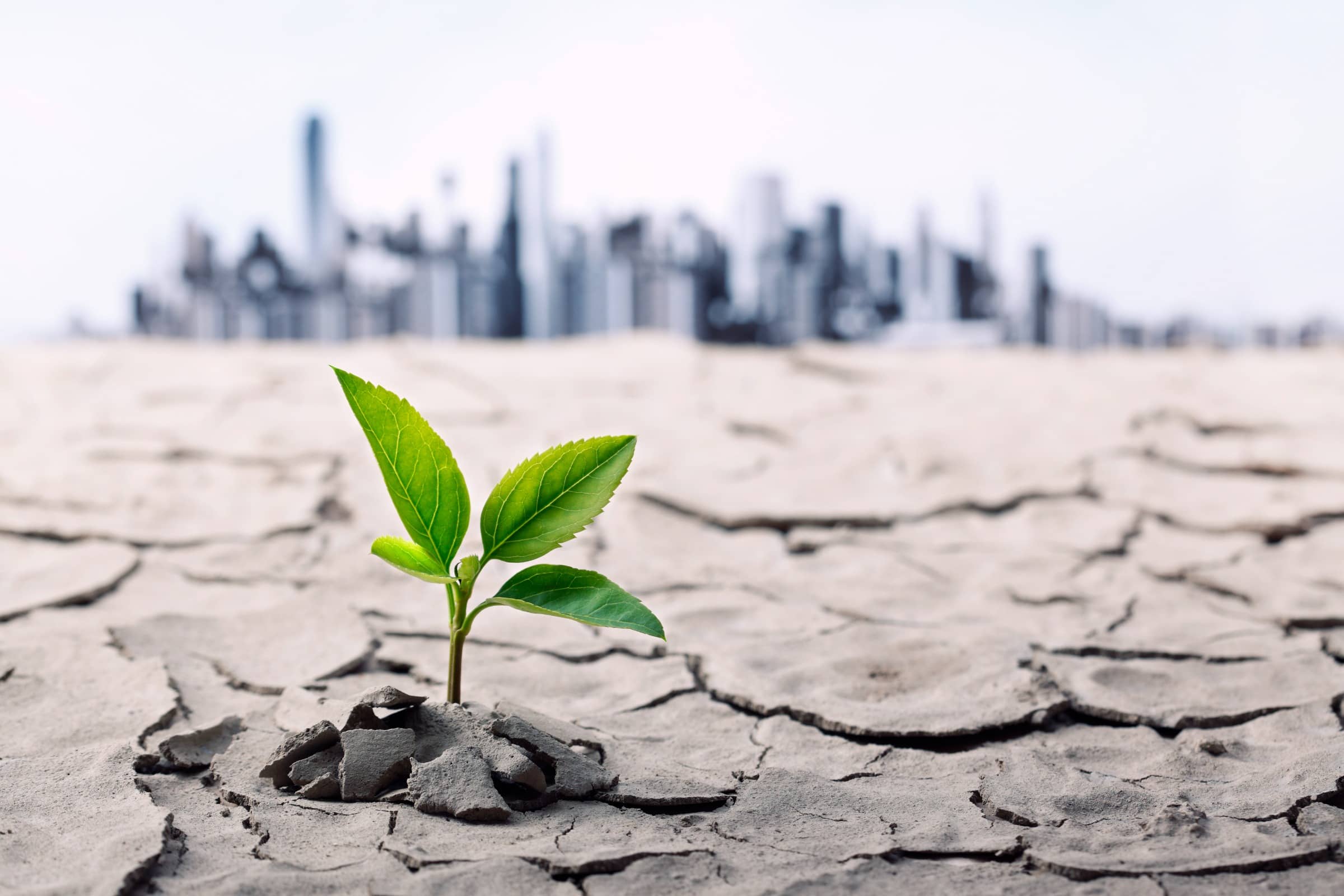
In a world of increasing population and industrial growth, it has become imperative to strike a balance between economic development and environmental protection. Environmental Impact Assessment (EIA) is a vital tool for achieving this balance, helping to reduce potential environmental damage and ensure the sustainability of future projects.
What is Environmental Impact Assessment?
Environmental Impact Assessment is a process that aims to study and identify the potential environmental impacts of a project before it is implemented. This includes assessing the project’s impact on natural resources, biodiversity, air and water quality, and social and economic impacts.
Why is Environmental Impact Assessment Important?
Examples of Environmental Impact Assessment Applications
The role of individuals and institutions
Environmental impact assessment is not only the responsibility of institutions, but also requires community participation and environmental awareness from individuals. Raising this awareness can help pressure companies to implement environmentally friendly projects.